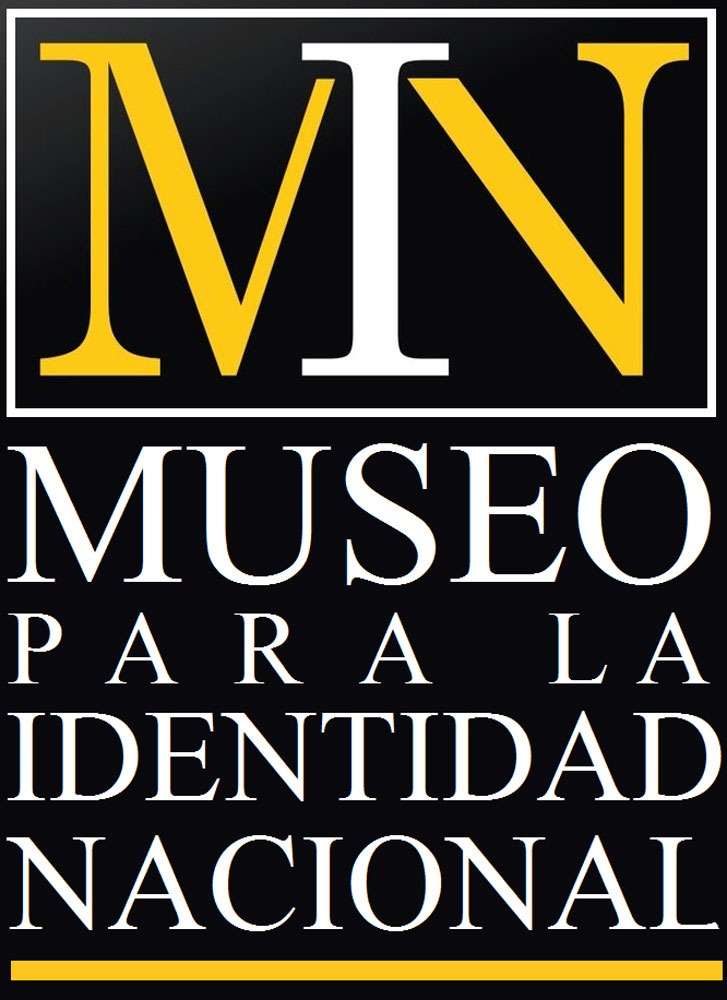
September 26, 2019; Hyperallergic
Honduras, home to more than nine million people, became independent in 1821 after nearly three centuries of Spanish colonial rule. In the heart of its capital city, Tegucigalpa, sits a cultural institution that presents a mostly sanitized, and partly imagined, version of the country’s history and culture.
Writing for Hyperallergic, Annette Lin reports that the narratives told within the walls of this museum don’t match up with what’s going on in the streets of Tegucigalpa; nor do they reflect the current or historic demographics of the country’s population.
The country’s Museo Para la Identidad Nacional (Museum of National Identity, or MIN, for its Spanish initials)—an ambitious name for any museum—includes anthropology and art, with a heavy emphasis in its permanent collection on Mayan artifacts and civilization. As Lin reports, the impression given to a visitor is that the Maya were “the only culture to ever occupy pre-colonial Honduras,” even though they only ever occupied “the western fringes of the modern state.” She notes that Honduras has long been polyethnic and multicultural, with less than 20 percent claiming indigenous identity (the majority are mestizo—that is, of mixed indigenous and European ancestry); those of Mayan heritage are a subset of the country’s indigenous population. Lin explains that the “Mayanization” of Honduras began in the 1940s, under the dictatorship of General Tiburcio Carías Andino, who wanted to claim the legacy of the Mayas’ advanced Mesoamerican civilization—which once spanned large portions of Central America—for Honduras.
As Lin observes, “This approach to history underscores the disconnect between an artistic construct of a country and the lived experience of the majority of its citizens.” She reports that in addition to painting a false picture of who the people of Honduras are (and have been), MIN largely fails to acknowledge current unrest. While museum visitors can use virtual reality devices to “swim” along the Mesoamerican Barrier Reef near Roatán, outside the cloistered walls of MIN, a different picture emerges—one that has led more than 250,000 Honduran refugees to seek entry to the US in the past year.
Sign up for our free newsletters
Subscribe to NPQ's newsletters to have our top stories delivered directly to your inbox.
By signing up, you agree to our privacy policy and terms of use, and to receive messages from NPQ and our partners.
Some of the contemporary art presented at MIN in its smaller, temporary exhibitions galleries gets closer to present-day challenges. For example, she describes a painting of a woman trying to leave the country with her two children as “a refreshing acknowledgement of the realities many Hondurans face. It was a sharp contrast with the elevator music version of Honduran society the permanent exhibitions presented.”
On balance, though, Lin focuses on the stark discrepancies between what’s presented at MIN and present-day Honduran identities: “What does this place have to do with how Hondurans see themselves?” she asks.
The MIN website describes the museum as an “independent nonprofit,” not a state-sponsored institution. The museum describes its work as being “for the purpose of study, education, and enjoyment, the material and immaterial evidence of the inhabitants who inhabited and inhabit the Honduran territory, in order to strengthen the historical memory and the sense of national identity.”
It may be too much to expect any single museum to fully and accurately national identity—even a relatively small (geographically) country like Honduras has layers upon layers of cultural complexity and history. But to misrepresent—which on some level cannot be accidental—the origin stories of a country and its peoples—suggests something worse than an overreach in mission. Overemphasizing Mayan culture within the national identity of Honduras is a form of cultural misappropriation.
NPQ has often reported on ways in which US museums and other cultural nonprofits have been making strides in improving the narratives they share about the experiences of indigenous, minority and marginalized peoples, although evidently many US museums still fall far short of these goals. The Hyperallergic article suggests a somewhat different challenge at MIN: an overemphasis on Mayan culture in the past as a means to evade discussing the more complicated plural identity of Honduras in the present. It will be interesting to see if, and how, the narratives at MIN evolve.—Eileen Cunniffe












